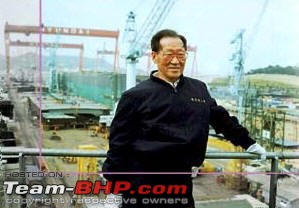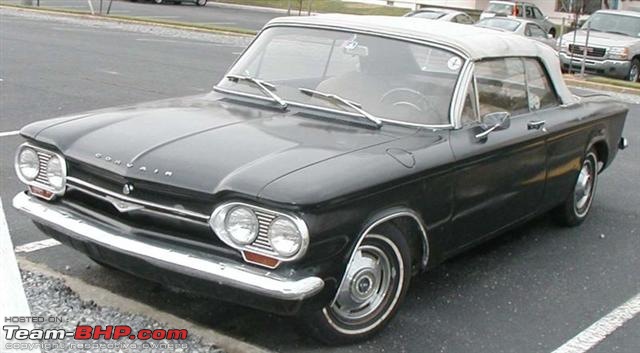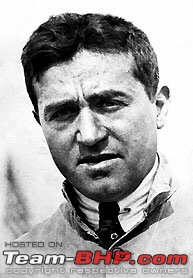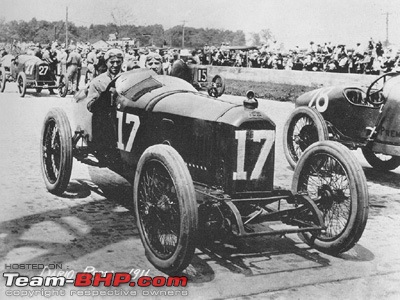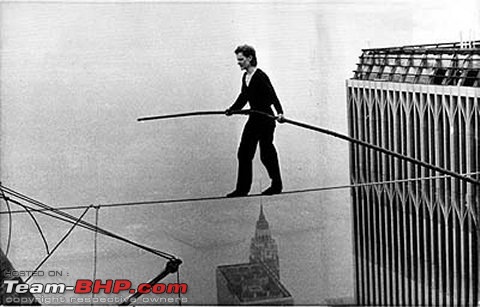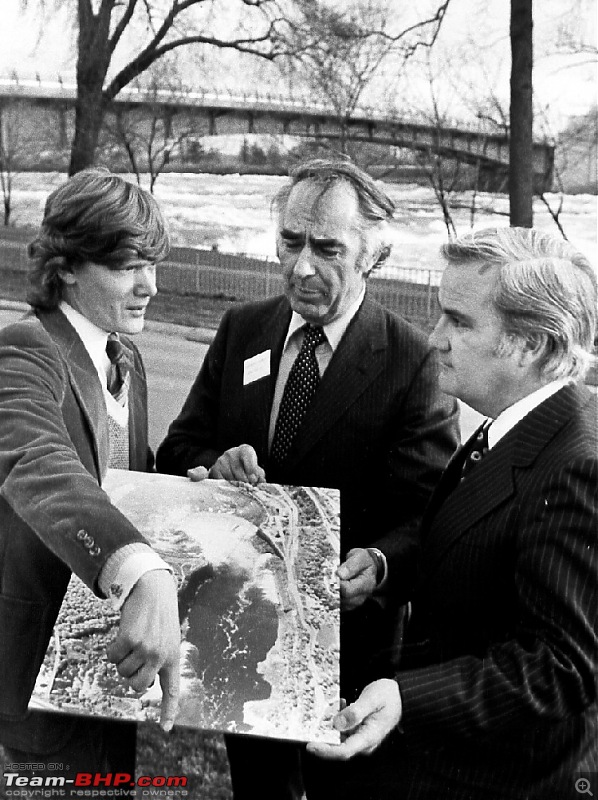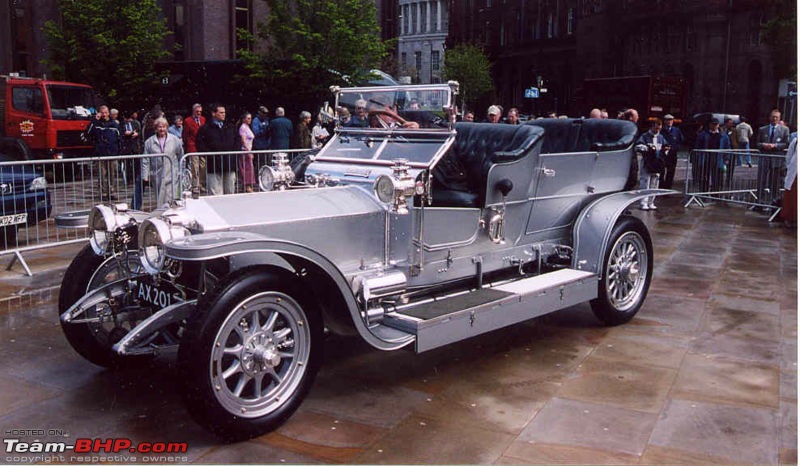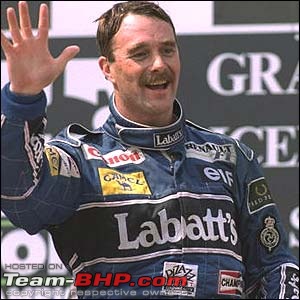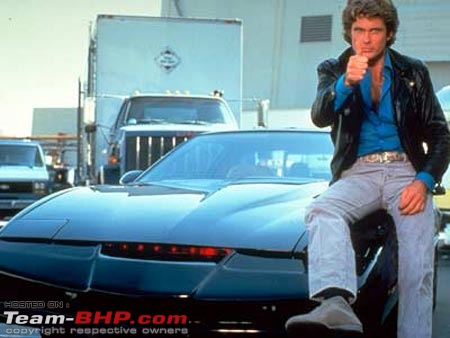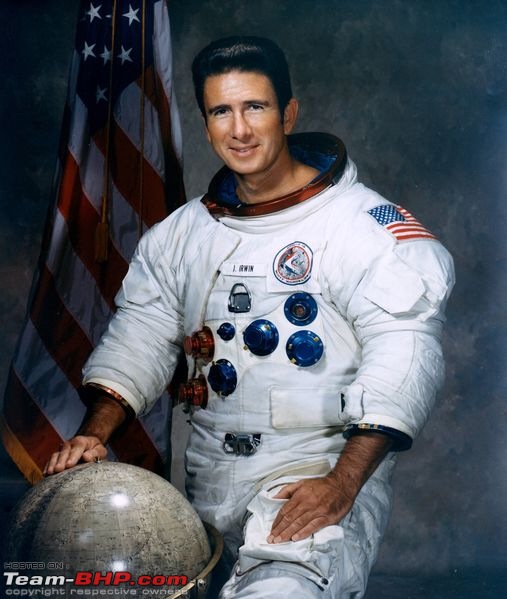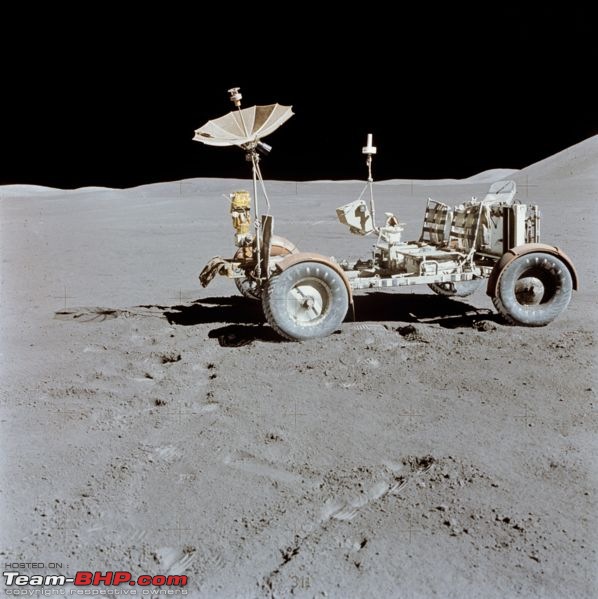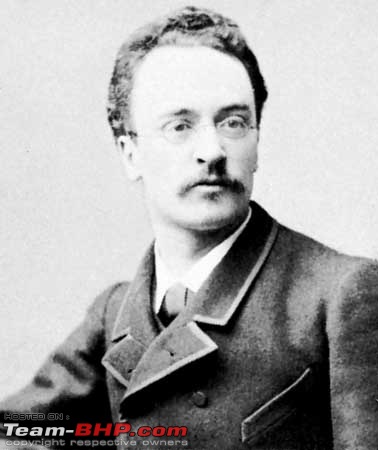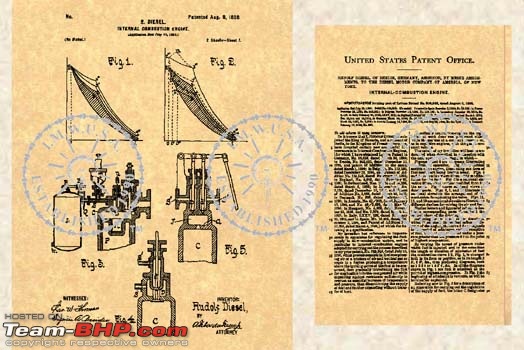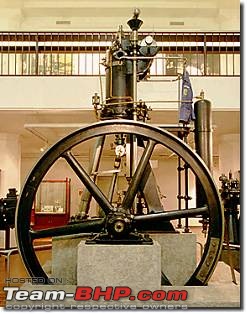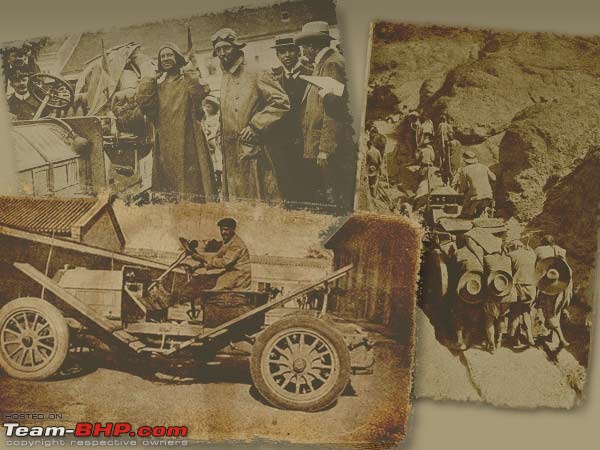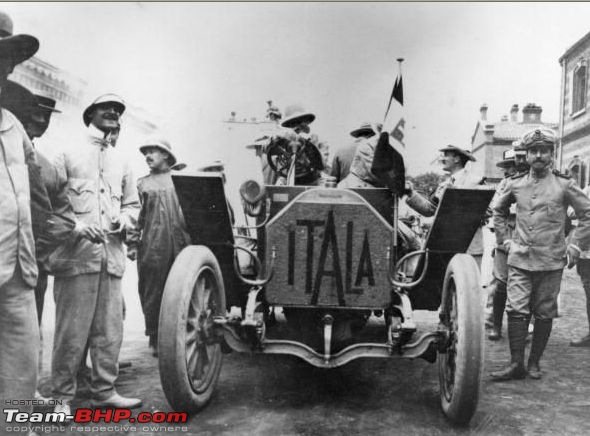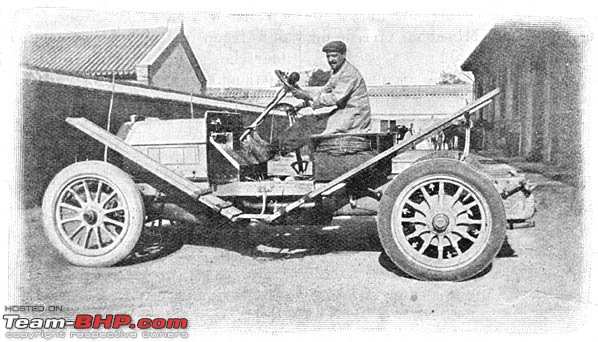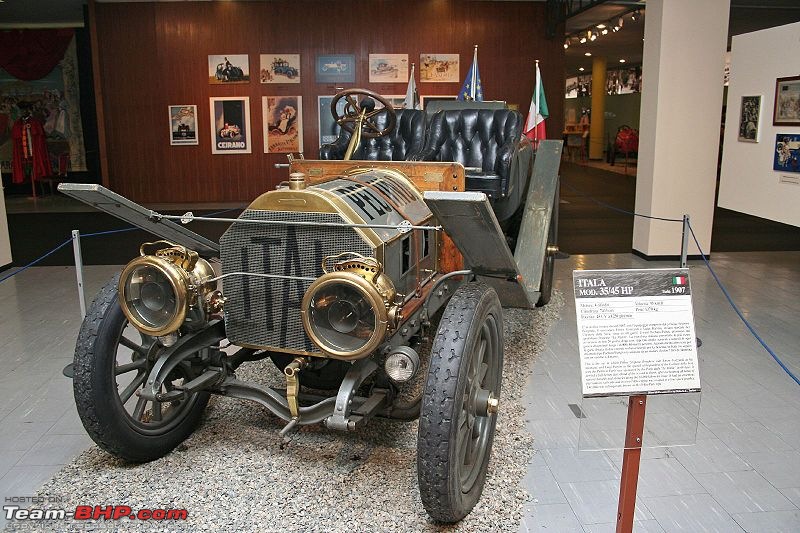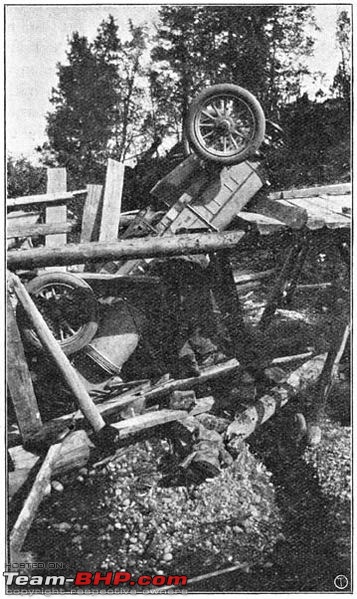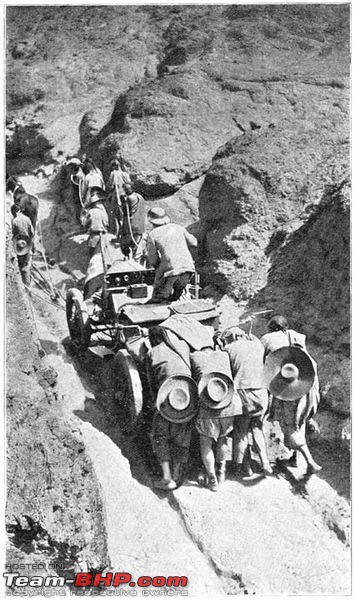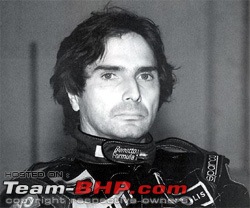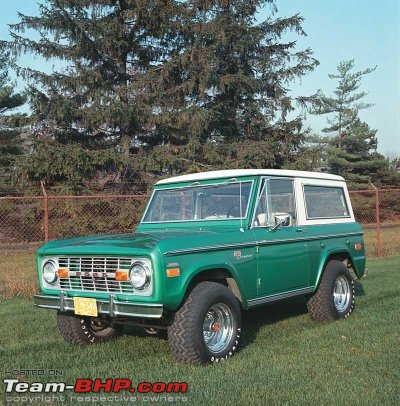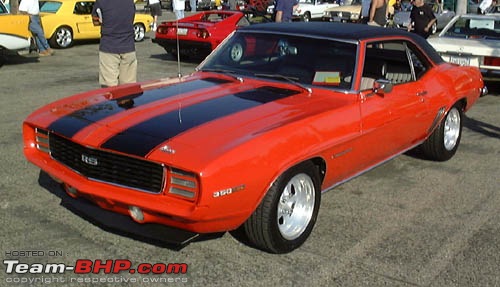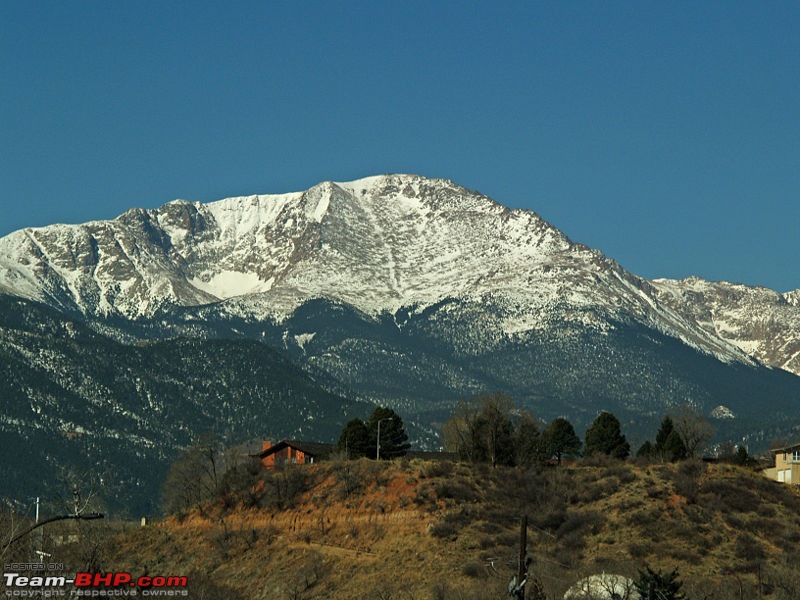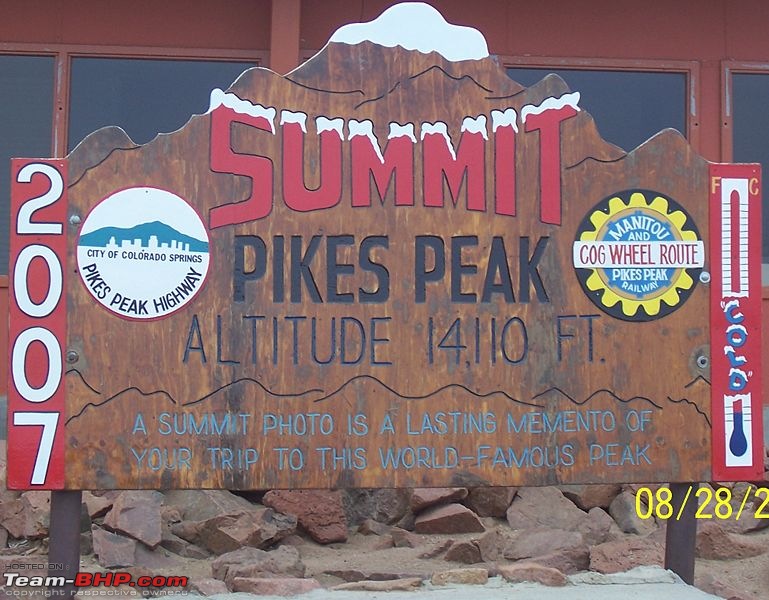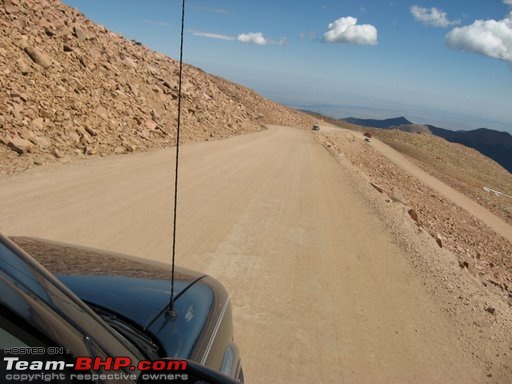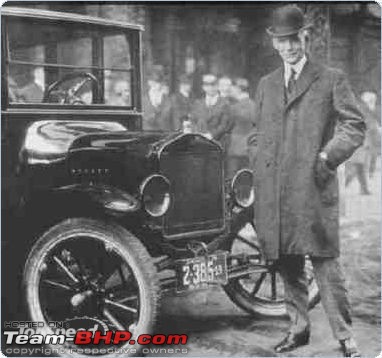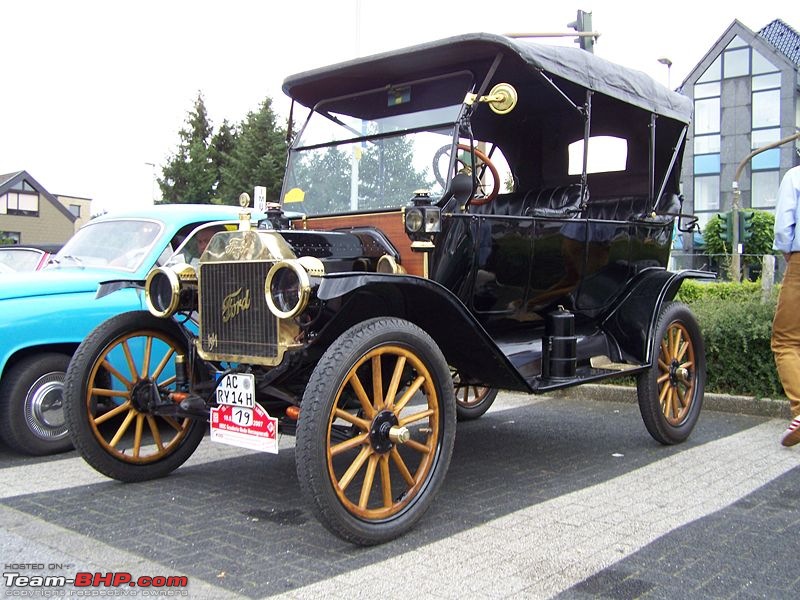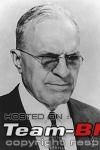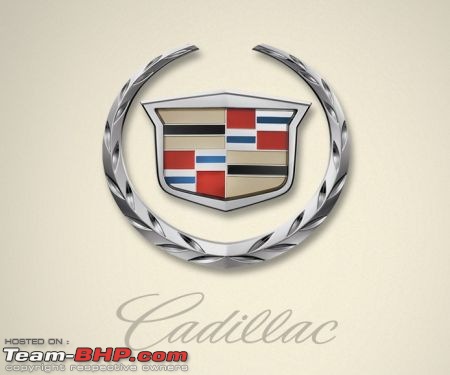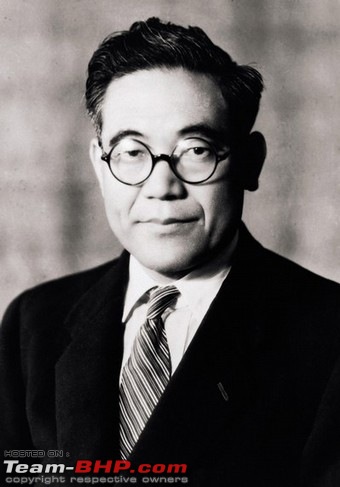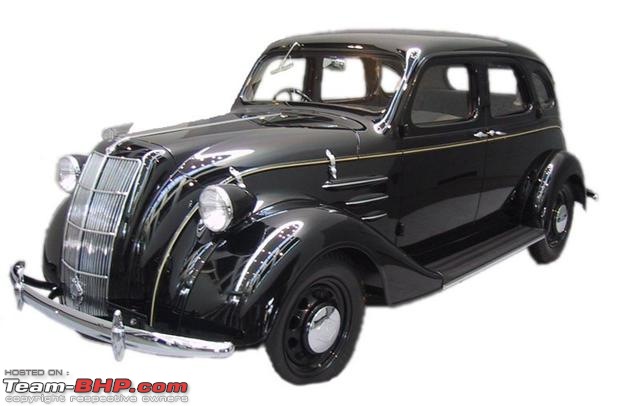| | #121 |
| Senior - BHPian Join Date: Sep 2006 Location: zxc
Posts: 3,393
Thanked: 726 Times
| |
| |
| |
| | #122 |
| Senior - BHPian Join Date: Sep 2006 Location: zxc
Posts: 3,393
Thanked: 726 Times
| |
| |
| | #123 |
| Senior - BHPian Join Date: Sep 2006 Location: zxc
Posts: 3,393
Thanked: 726 Times
| |
| |
| | #124 |
| Senior - BHPian Join Date: Sep 2006 Location: zxc
Posts: 3,393
Thanked: 726 Times
| |
| |
| | #125 |
| Senior - BHPian Join Date: Sep 2006 Location: zxc
Posts: 3,393
Thanked: 726 Times
| |
| |
| | #126 |
| Senior - BHPian Join Date: Sep 2006 Location: zxc
Posts: 3,393
Thanked: 726 Times
| |
| |
| | #127 |
| Senior - BHPian Join Date: Sep 2006 Location: zxc
Posts: 3,393
Thanked: 726 Times
| |
| |
| | #128 |
| Senior - BHPian Join Date: Sep 2006 Location: zxc
Posts: 3,393
Thanked: 726 Times
| |
| |
| | #129 |
| Senior - BHPian Join Date: Sep 2006 Location: zxc
Posts: 3,393
Thanked: 726 Times
| |
| |
| | #130 |
| Senior - BHPian Join Date: Sep 2006 Location: zxc
Posts: 3,393
Thanked: 726 Times
| |
| |
| | #131 |
| Senior - BHPian Join Date: Sep 2006 Location: zxc
Posts: 3,393
Thanked: 726 Times
| |
| |
| |
| | #132 |
| Senior - BHPian Join Date: Sep 2006 Location: zxc
Posts: 3,393
Thanked: 726 Times
| |
| |
| | #133 |
| Senior - BHPian Join Date: Sep 2006 Location: zxc
Posts: 3,393
Thanked: 726 Times
| |
| |
| | #134 |
| Senior - BHPian Join Date: Sep 2006 Location: zxc
Posts: 3,393
Thanked: 726 Times
| |
| |
| | #135 |
| Senior - BHPian Join Date: Sep 2006 Location: zxc
Posts: 3,393
Thanked: 726 Times
| |
| |
 |
Most Viewed





